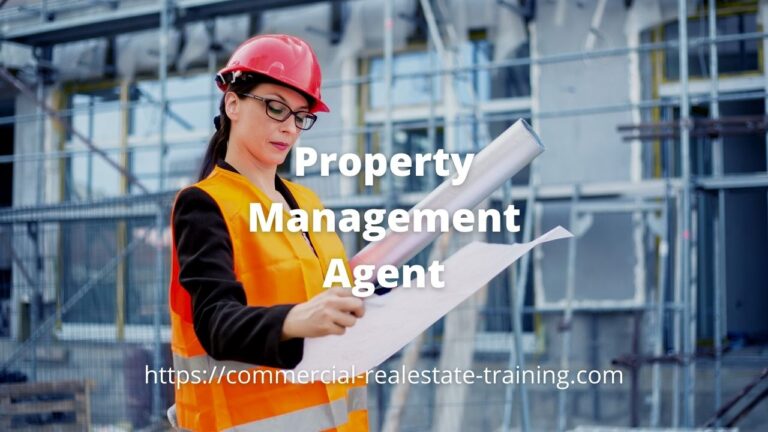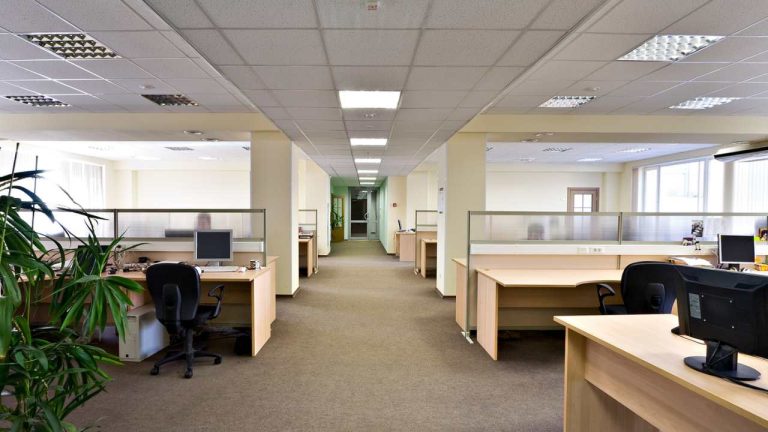Proven Systems to Follow in Commercial Property Management
When you take over a new property to manage, be it office industrial or retail, the methods of review and control that you adopt at the very beginning are critical to the end result. You have a lot of facts to gather, investigate and control.
Think about the size of a property with its multiple occupants, and then consider these issues for starters:
- Lease documentation
- Vacancy factors
- Rental arrears and cash flow
- Tenant contacts
- Property budgets for both income and expenditure
- Maintenance plans and activities
Every single issue mentioned here is deep and complex; there are many things to delve into and explore. For that very reason it pays to use a checklist or inventory approach to pulling in the information and investigating it.
Good questions will lead you to facts and figures. When you know what has happened in a property over the years from a property management perspective, you can see where things can move ahead with the investment targets of the client landlord.
Portfolio Checklist
Here are some valuable ideas to help you get started and use this checklist idea in your next property management ‘pick-up’:
- Schedules of maintenance – look at the jobs that are active and planned so you can see what is required to keep the property functioning and performing for the various stakeholders. Pay particular attention to the essential services in the property.
- Register of tenants – understand the differences between specialties and anchor tenants and then review the leases deeply in both cases (you don’t want a big vacancy risk to hit your cash flow too early in the property handover)
- Tenant mix plans and cluster strategies – any property with multiple occupants should have a tenant mix plan where placements and movements of tenants are considered.
- Contractors register – know who the contractors are and what they do in the property. They will be valuable to you as you look at maintenance costs, routines, and upcoming repairs etc.
- Income and expenditure results and current cash flow – look at the property funds and spending with both income and expenditure so you can make allowances for known variations such as rent reviews and options. That information will allow you to formulate a financial plan.
- Inspect the property and surrounds – comprehensively inspect the full property and all the issues and relationships that are observable. Review the tenants, property presentation, access, car parking, common areas, services and amenities. Understand how the tenants and the customers to a property would see it.
- Risk management review – there will be factors of risk in any commercial property. Look for the issues and ask questions. The insurance position of the property will be impacted by risk and how that will flow through to occupancy, people accessing the property, and cash flow.
- Calendar of critical lease dates – ask about the dates applying to options, vacancies, and rent reviews and then develop a strategy to handle those things before they occur.
- Vacancy list – find the empty tenancies so you can handle them with both a marketing solution and a rental solution. Keep your vacancies under control through good planning and regular tenant meetings.
- Schedule of leases – when you have a list of leases, you can review the tenants in occupancy and also the existing lease documents to see what critical terms and conditions would apply.
- Budget report and business plan for the property – every property should have a budget to refer to when it comes to upcoming income and expenditure allocations. Look at the facts of the cash flow today to see where the property is positioned and performing. Look at the strengths and the weaknesses. Develop your budget around those things.
When you put these things together you will have a good idea of what is happening in the property and why.






